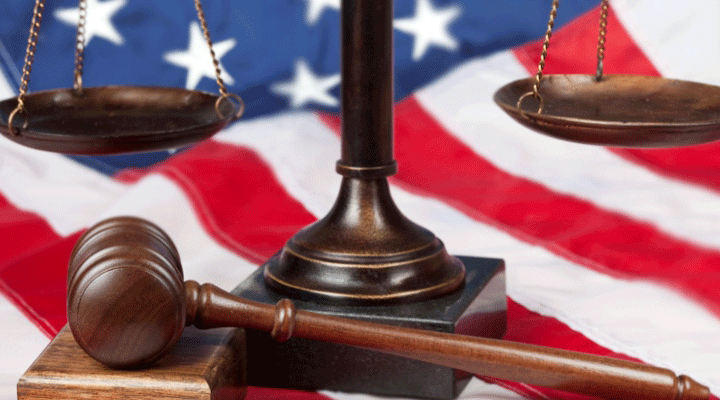From time to time, classified information is germane to a case before the courts. For example, we’ve seen this happen in almost all espionage cases, and most recently in the case of the United States v. Weldon Marshall. Marshall was a defense contractor who hoarded U.S. nuclear command communications secrets in his attic.
The rules surrounding how the classified materials are handled are found in Classified Information Procedures Act (CIPA). The first step is the issuance of a protective order. The protective order covers the storage, handling and access to classified information. Within the protective order are enumerated the precise procedures to be used in the given case.
With respect to Marshall, the procedures were in effect for all pretrial, trial, post-trial, and appellate matters. The court’s completeness in describing what is included (oral, written, documents, recordings, storage devices, etc.) is comprehensive by design.
The court appoints a Classified Information Security Officer (CISO), and alternates. The role of the CISO is to ride herd over both sides in ensuring the classified information is protected at all times, while being accessible to those authorized. The CISO will make available a “secure area’ for this purpose.
A unique aspect is the requirement and admonishment that “the defense may not disclose classified information to the Defendant.” The defense may, however, disclose classified information to the court and to government personnel with appropriate clearances and a need-to-know.
Furthermore, information which is classified and is in the public domain is not necessarily declassified, and those privy to the classified information are prohibited from confirming or denying the existence of the classified information.
Should the defense wish to use classified information during the trial, they are required to “comply with notification requirements of Section 5 of the CIPA” and the specifics of the protective order.
With respect to the Marshall case, the Court appointed a CISO, and seven alternate CISOs. The defense gains access to the germane information via the CISO. In this instance, the defense attorney had the required national security clearance. The U.S. Attorneys from the DOJ and their supervisors all have the requisite security clearances and the protective order established their need-to-know.
What is the role of the CISO In and Out of court?
As noted, the CISO is charged with locating and maintaining a secure area for use by the defense “to process and safeguard classified information.” The CISO is admonished that any and all conversations among the defense and documents reviewed not be revealed to the government prosecutors.
Once all the plumbing is in place, a period of discovery of evidence follows. Any items the defense or prosecutor wishes to have admitted into the Court will first be reviewed by the judge for appropriateness, “in camera, ex parte,” meaning out of sight of the public record.
There you have it in a nutshell. With respect to Marshall? Well, he entered a plea of guilty and bringing classified information into his court procedures never materialized.




